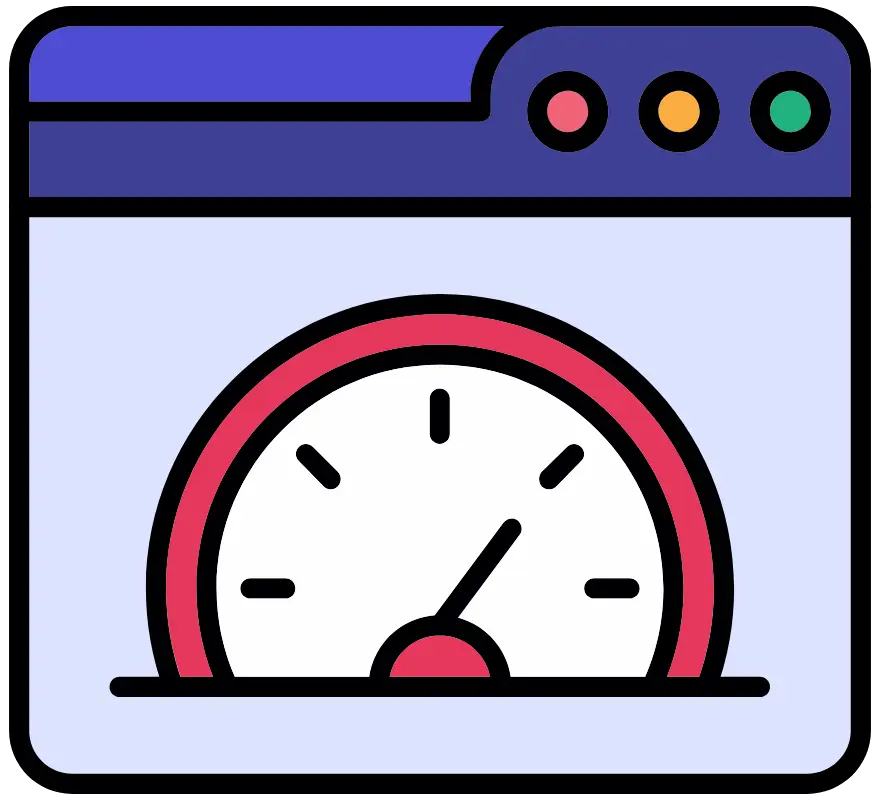The Indirect Influence of Website Speed on SEO in the Era of Core Web Vitals

In 2018, we delved into how page speed influenced site ranking, highlighting its direct impact on SEO. Fast forward to 2024, the landscape has evolved. Google’s introduction of Core Web Vitals, a set of specific factors that Google considers important in a webpage’s overall user experience, has reshaped our understanding. However, it’s crucial to clarify that Core Web Vitals themselves are not direct ranking factors. Instead, they indirectly affect website rankings and leads through engagement signals impacting click-through rates (CTR) in Search Engine Results Pages (SERPs) and consequently, your position.
Understanding Core Web Vitals
Core Web Vitals: a set of metrics that Google uses to assess a webpage's user experience.
They include measurements of loading performance, interactivity, and visual stability of content as it loads. While important, it’s crucial to understand that Core Web Vitals are not direct ranking factors. Instead, they serve as indicators of a website’s overall user experience.
The Indirect Role of Website Speed in SEO
Website speed, while a part of Core Web Vitals, indirectly affects SEO in several ways:
1User Engagement and Experience
A fast-loading website enhances user experience, keeping visitors engaged and reducing bounce rates. Users are more likely to stay on a site that loads quickly, interact with its content, and possibly convert. This positive user behavior sends strong signals to search engines, potentially improving the site’s ranking.
2Impact on Click-Through Rates (CTR)
The speed of a website can significantly influence its CTR in SERPs. A slow-loading site can frustrate users, leading them to return to the search results and choose another link. This negative user experience results in lower CTR, which search engines may interpret as a lack of relevance or quality, negatively impacting the site’s ranking.
3Effect on Website Key Performance Indicators (KPIs)
Slow website speeds don’t just impact SEO; they also affect various website KPIs. In an era where user patience is thin, even a small delay in page loading can result in a substantial drop in engagement metrics such as time on site, page views, and ultimately, conversions.
Case Studies and Real-World Examples
Real-world examples and case studies have demonstrated the indirect impact of website speed on SEO. For instance, a study by Search Engine Journal highlights how improvements in page speed led to significant gains in both rankings and user engagement metrics.
Best Practices for Optimizing Website Speed
To leverage the indirect benefits of website speed on SEO, consider the following best practices:
- Optimize images and videos to reduce file sizes without compromising quality.
- Implement lazy loading to delay loading of off-screen images and content.
- Minimize the use of heavy scripts and consolidate CSS and JavaScript files.
- Utilize caching strategies to improve load times for returning visitors.
- Choose a reliable and fast web hosting service.
A BalanceD Approach
In conclusion, while Core Web Vitals and website speed are not direct ranking factors, their impact on user engagement and experience plays a significant role in the overall SEO performance of a website. By focusing on optimizing website speed and other user experience elements, webmasters can indirectly improve their site’s rankings and overall performance in SERPs.
Remember, in the ever-evolving landscape of SEO, staying informed and adapting to changes is key to achieving and maintaining a competitive edge.
About the Author

Kevin Bossons
Senior Digital Strategist
With over 15 years of experience in digital marketing and search engine optimization, Kevin has grown from an SEO contractor to Senior Digital Strategist at WT Digital Agency.